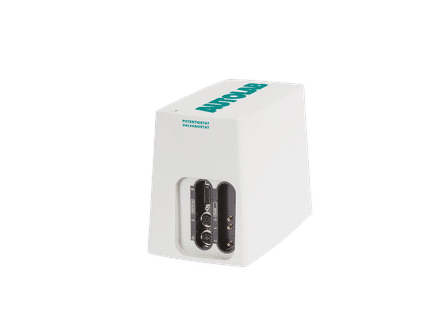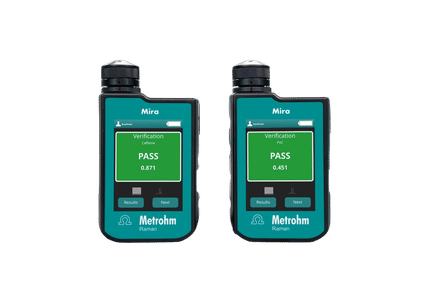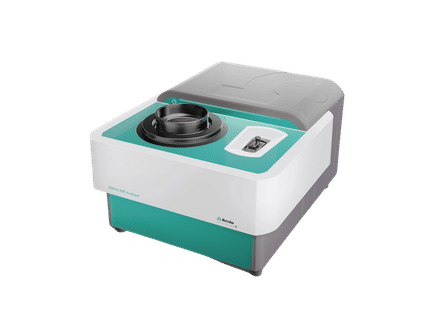To use all functions of this page, please activate cookies in your browser.
my.chemeurope.com
With an accout for my.chemeurope.com you can always see everything at a glance – and you can configure your own website and individual newsletter.
- My watch list
- My saved searches
- My saved topics
- My newsletter
Acrodermatitis enteropathica
Product highlightAcrodermatitis enteropathica is an autosomal recessive disorder affecting the metabolic uptake of zinc, characterized by periorificial (around the natural orifices) and acral (in the limbs) dermatitis, alopecia (loss of hair), and diarrhea. Similar features may be present in acquired zinc deficiency. This disease also is related to deficiency of zinc due to congenital causes. Other names for acrodermatitis enteropathica include:
Genetics
The genetic mutation of SLC39A4 gene on Chromosome 8q locus 24.3 appears to be the cause. The SLC39A4 gene appears to encode a transmembrane protein that serves as a zinc uptake protein. The features of the disease usually start manifesting as an infant is weaned from breast milk. This has led some scientists to suspect that human milk contains a beneficial substance that helps uptake of zinc and prevents the disease from being manifested while an infant is on breast milk. SymptomsFeatures of acrodermatitis enteropathica start appearing in the first few months of life, as the infant discontinues breast milk. There are erythematous patches and plaques of dry, scaly skin. The lesions may appear eczematous, or may evolve further into crusted vesicles , bullas or pustules. The lesions are frequent around the mouth and anus, and also in hands, feet and scalp. There may be suppurative inflammation of the nail fold surrounding the nail plate - known as paronychia. Alopecia - loss of hair from scalp, eyebrows and eyelashes may occur. The skin lesions may be secondarily infected by bacteria such as Staphylococcus aureus or fungi like Candida albicans. These skin lesions are accompanied by diarrhea. TreatmentWithout treatment, the disease is fatal and affected individuals may die within a few years. There is no cure for the condition. Treatment includes lifelong dietary zinc supplementation in the range of greater than 1-2 mg/kg of bodyweight per day.
|
||||||||
| This article is licensed under the GNU Free Documentation License. It uses material from the Wikipedia article "Acrodermatitis_enteropathica". A list of authors is available in Wikipedia. |
- Is trash the solution to tackling climate change? - Waste-based biofuel could cut global emissions by over 80 percent
- Une nouvelle façon de contrôler les effets "3D" dans les réactions chimiques - Cette percée ouvre la voie à une toute nouvelle façon de contrôler les produits des réactions chimiques.
- Dielectric_elastomers







